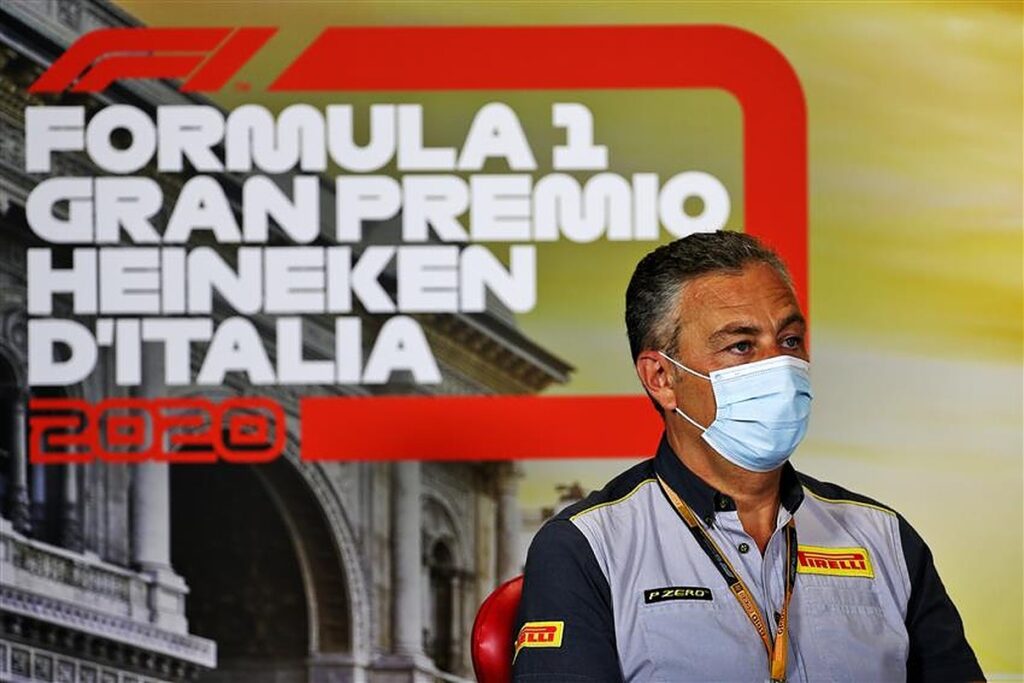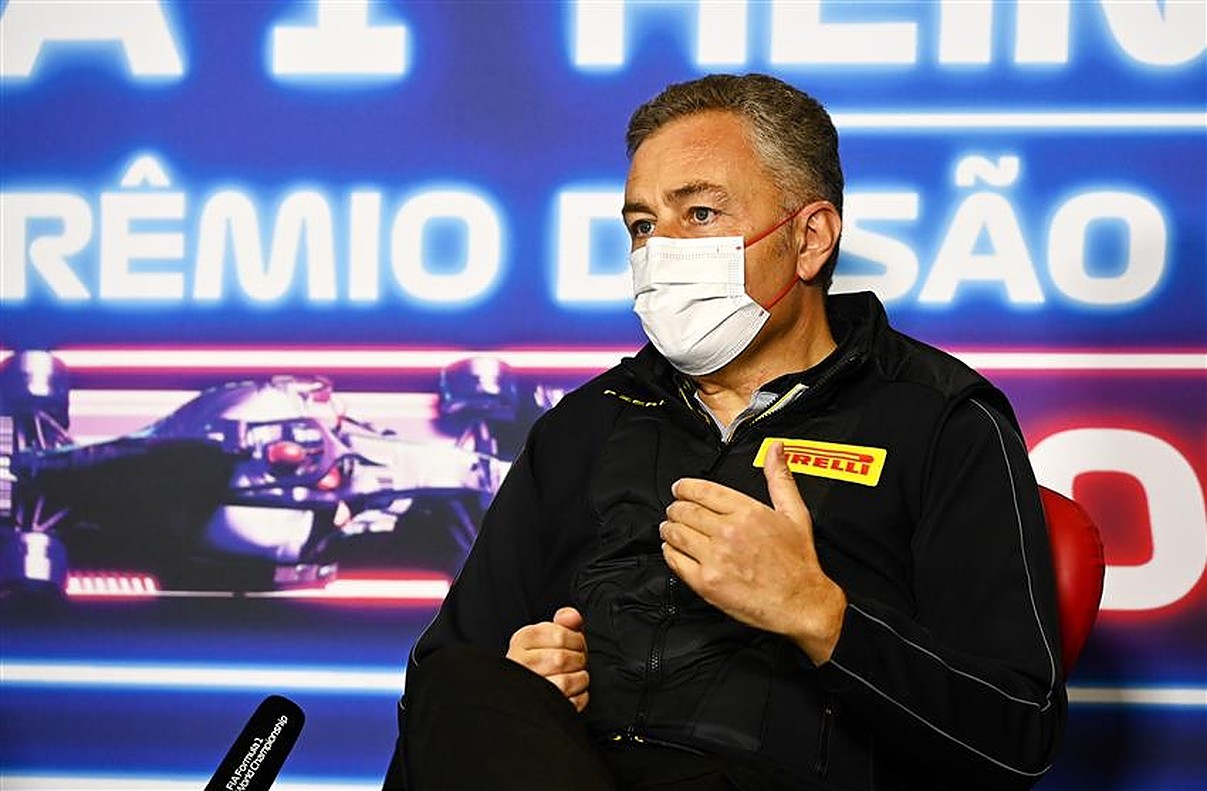Pirelli’s head of Formula 1 and car racing Mario Isola is pleased with the work his team have put into the new 2022 tyres, and he is hopeful they will have the desired effect.
F1 will undergo radical change in 2022, as the aerodynamic efficiency of the cars will be reduced and the ground effect will return.
The tyres will also change; they will increase to 18 inches this season, in a move that is aimed at reducing tyre degradation to make tyre management less of an issue.
As such, plenty of one-stop races are anticipated in 2022, and Isola confirms that a new design philosophy was needed.
He also revelled in the “big achievement” of managing to develop the new rubber with the teams during what was such a frantic 2021 season.
“In a busy season with all the constraints and 22 races, it was, I believe, a big achievement [to develop the 18-inch tyre],” Isola told Formula1.com.
READ: Brown admits McLaren could ditch Mercedes for VW power units
“Also, because… this tyre is designed in a different way, with different targets: our drivers are asking for less overheating, less degradation, they want to push on tyres, they want to fight on track, and clearly we decided and we agreed with the FIA, FOM and the teams to follow this direction.”
The Italian indicated that the work Pirelli have been doing will also benefit the entire organisation with the data they have collected.
“So, we had to design a new profile, new construction, optimise the footprint, design a new range of compounds,” he explained.
“It is a completely new product with a new approach, and I believe it will be quite helpful also for other activities in the company.”

F1’s tyre manufacturer completed a total of four weeks of testing with mule cars on the new tyres over the course of 2021 with every team bar Williams.
Isola is satisfied that the new tyres will provide the drivers with an increased scope to push.
“In terms of comparison to the tyre development tests that we ran during the season, I would say that we have confirmed that the new product has the characteristics that I mentioned before, so: less overheating, drivers have the opportunity to push more.”
The post-season test in Abu Dhabi involved the 18-inch tyres, and it was the first running the drivers have completed on them while there have been other cars on the circuit.
This gave the Italian tyre-maker new, relevant data to analyse.
“That was important in Abu Dhabi because in Abu Dhabi we had also some traffic,” said Isola.
“That was something we could not simulate during our tyre development test where we had one car that was running on track or two cars maximum.”
However, Isola cannot make any guarantees as to whether the tyres will have better longevity in 2022.
“In terms of wear, it’s difficult to make a prediction because we were using mule cars, so we need to wait for the real performance of the new 2022 cars,” he explained.
The tyres increased by five inches ahead of this year, but the Italian does not believe the pace differential will be as wide as many had earlier anticipated.
“At the beginning we were talking about more than three seconds per lap; now it’s half a second, one second, so if they start with only one second difference it means that during the season they probably achieve the same level of performance that we had in 2021,” he added.
The Italian then detailed the integration of BBS Motorsports, with whom Pirelli have been designing the wheels for the new tyres.
READ: Ex-F1 champion says controversial Abu Dhabi GP restart was ‘good’ for Formula 1
“Yes, we had a working group that was managed by the FIA together with BBS, Pirelli and also the supplier of the [temperature and pressure] sensor that is also standard,” said Isola.
“We started in 2020… together with BBS. We also ran some tests with the 18-inches tyres fitted to BBS rims. It was very useful approach to have this working group that were meeting every week to monitor the progression of the activity,” he added.
Ferrari racing director Laurent Mekies has meanwhile suggested that the cars themselves will not take too long to recover to the pace at which we saw them lapping last year.
Pre-season testing will take place over six days and two venues over the coming weeks, with Barcelona hosting the initial three-day test from 23 to 25 February.
We will then see more running in Bahrain between 10-12 March, just ahead of the season-opener at the same venue on 20 March.
Follow us on Google News to never miss an F1 story

